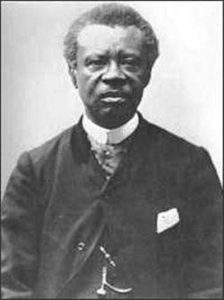Architecture

Cypress Grove Cemetery
The Cypress Grove Cemetery in New Orleans has a monumental entrance gate suggesting a triumphal passage from one world to the next.

The Cypress Grove Cemetery in New Orleans has a monumental entrance gate suggesting a triumphal passage from one world to the next.
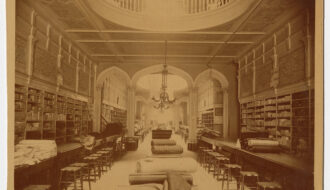
For one hundred forty years, D. H. Holmes served as a shopping destination for generations of New Orleanians, growing from a small dry goods shop to an enormous consumer emporium.
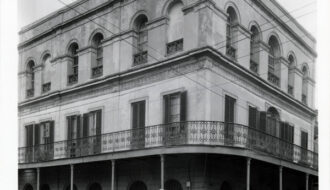
Delphine Macarty Lalaurie, of antebellum New Orleans, was notorious for the cruel treatment the people she enslaved.
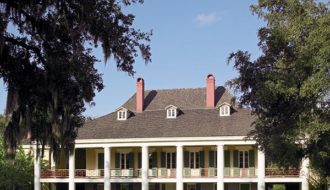
Established in 1787, Destrehan Plantation is the oldest documented plantation in the lower Mississippi Valley.

Dogtrot houses, like those found in North Louisiana, are composed of two enclosed buildings separated by a passage that is open at the front and back; the so-called dogtrot.
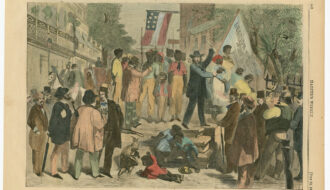
The domestic slave trade, central to the economic growth of Louisiana, destroyed enslaved people’s families, wreaked havoc in their communities, and killed many, despite their attempts to resist.
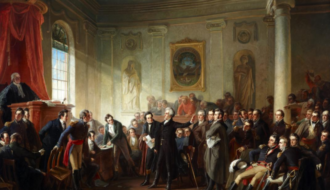
In 1813, Dominick Augustin Hall was appointed the presiding judge of the newly established Supreme Court of Louisiana.

Born in Italy, Dominico Canova spent many years painting frescoes in banks, churches, and private homes in New Orleans and southern Louisiana.

Don Juan Filhiol's most noted accomplishments are associated with the European settlement of the Ouachita River Valley and include the founding of the Poste d'Ouachita and Fort Miro, which later became Monroe, Louisiana.
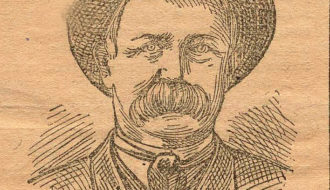
Edward Austin Burke, known as Major E. A. Burke, was a Louisiana politician during the Reconstruction era.

The East Louisiana State Hospital in Jackson was the state's first major permanent facility to provide behavioral healthcare to patients.
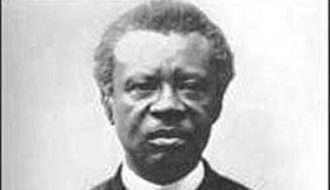
Edmond Dédé was a prominent African-American musician and composer in born in New Orleans in the nineteenth century.
One-Year Subscription (4 issues) : $25.00
Two-Year Subscription (8 issues) : $40.00
